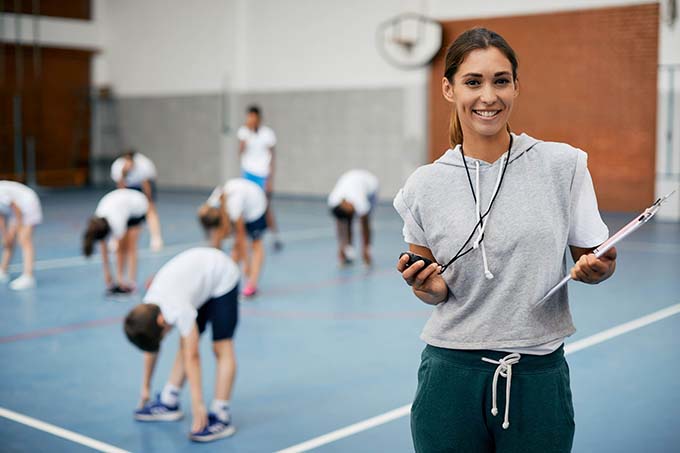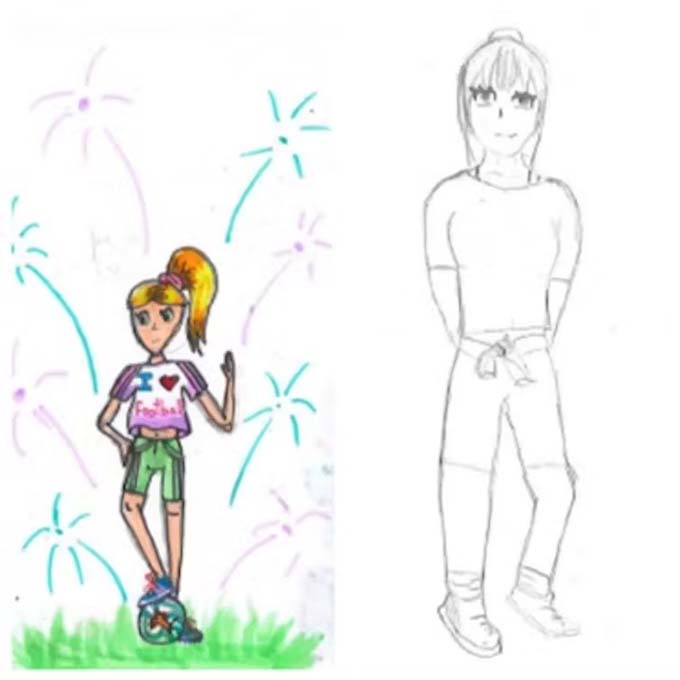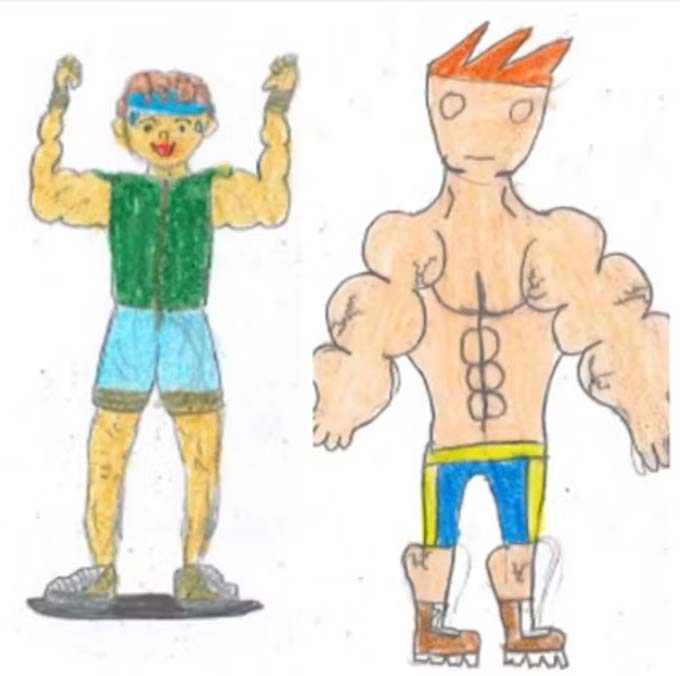
Does the physical appearance of a teacher have any importance? What if he is a physical education teacher? Taking into account certain issues that I explain below, we can consider that the physical education teachers’ bodies themselves carry out pedagogical work and, in turn, this “work” of the body has repercussions on the bodies of other people, including their students.
It is the students themselves, and society in general, who in most cases build expectations in relation to the ideal body for the Physical Education teacher, granting them a responsibility as a pattern of what is expected in which the students pay attention and try to mock.
However, the centrality and visibility of the teacher’s body allows us to take advantage of this course to explore how the ideals of the body shape both understanding and practices in classes.
Dominant bodily ideals
Dominant ideals about the body can have detrimental effects on people’s health (for example, stigmatizing people who do not fit the social norm or making us overly sensitive to our own weight and body appearance), including children and adults. youths.
A health-focused perspective has inspired studies on health promotion initiatives in schools and youth participation in community sport. Thus, medical discourse –probably one of the most important and prestigious discourses– has been joined by political and educational discourse, through the subject of Physical Education, which allows teachers to promote Physical Education practices whose objective is encourage students to make healthy choices about what they eat, exercise, and what their body should look like.
However, this approach presupposes that students have the capacity to make the right decisions about healthy lifestyles that reduce the risk of disease and, ultimately, that they are solely responsible for their own physical and mental well-being.
What does it mean to be healthy?
It is a discourse that privileges individualist notions of health and the assumption that sport is equivalent to physical fitness and this in turn to health. In this way, they (re)construct narrow or limited ideas about what it means to be or be healthy and they privilege and marginalize the ways of becoming or being “healthy” .
By focusing on risk, they can promote fear of ill-health and the need for self-monitoring and individual responsibility. It is a “sanitary” approach that can cause a kind of tyranny of health. When Physical Education teachers adopt and embody these discourses, students run the risk of implicitly learning that lean and fit bodies are healthy and good bodies . Therefore, there is a need to be more aware of this potential and its consequences for young people.
A study with primary school students
Our study delves into the perceptions that children in Primary Education, between 10 and 12 years old, have about the ideal bodies and subjectivities of the Physical Education teacher. We do so because we believe that there is an ongoing need to understand how children’s views on education, healthy bodies and Physical Education teachers are managed, organized and understood in the contexts with which they interact.
In the research we use participatory visual methodologies in the form of drawings produced by the participants to explore the experiences of primary school children about the bodies and subjectivities of Physical Education teachers.
The objective of this work is, therefore, to better understand how the discourses on the bodies of Physical Education teachers, seen from the perspective of children, shape their subjectivity.
The ‘good and healthy’ teacher
Schoolchildren’s ideas about what they consider a good Physical Education teacher are linked to the dominant discourses on appearance, thinness and musculature. In this sense, consumer culture plays a persuasive role in society, contributing to the idealization and normalization of slim, fit, toned, and youthful bodies.

Angela (11 years old). Greta (12 years old).

Paul (11 years old). Bruno (11 years old)
Some students describe the “bad Physical Education teacher” in terms of obesity and old age. They believe that these teachers should avoid these characteristics because they do not constitute the ideal characterization of a subject professional. Therefore, participants valued certain body types more than others (ie, athletic-looking, healthy, young, and capable bodies).

Bruno (11 years old). Lucas (12 years old).

Martin (11 years old). Emma (12 years old). Enzo (12 years old).
In conclusion, it seems that the credibility of educators rests not only on having good physical condition or athletic body image, but also on being a “healthy” role model for students.
Problematic bodily ideals
These notions suggest that students share a common idea of physical education teachers’ bodily ideals that is socially determined and clearly rooted in dominant social values .
Mainly through advertising and the media, society builds an ideal body image related to thinness, athletic and supposedly healthy bodies, the cult of youth and the use of certain commercial brands, which exercise strict control over identity and the construction of the body, but they also condition professional practice .
As a result, the bodily ideals of Physical Education teachers and, consequently, the bodily ideals of young people, run the risk of becoming a problematic entity, embedded in the dominant cultural discourses that, in turn, are increasingly institutionalized. more through interpersonal relationships, consumer culture and media socialization environments. Thus, Physical Education seems to be a field that continues to produce and legitimize certain bodily ideals, discourses and ethics that, in turn, become the means to regulate the bodies of teachers and students.
Author Bio: Gustavo Gonzalez Calvo is Didactics of Corporal Expression at University of Valladolid
